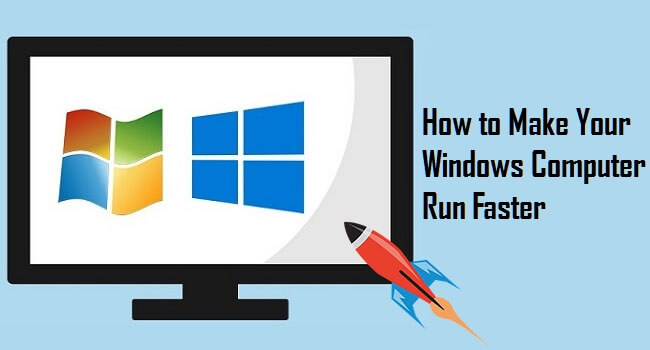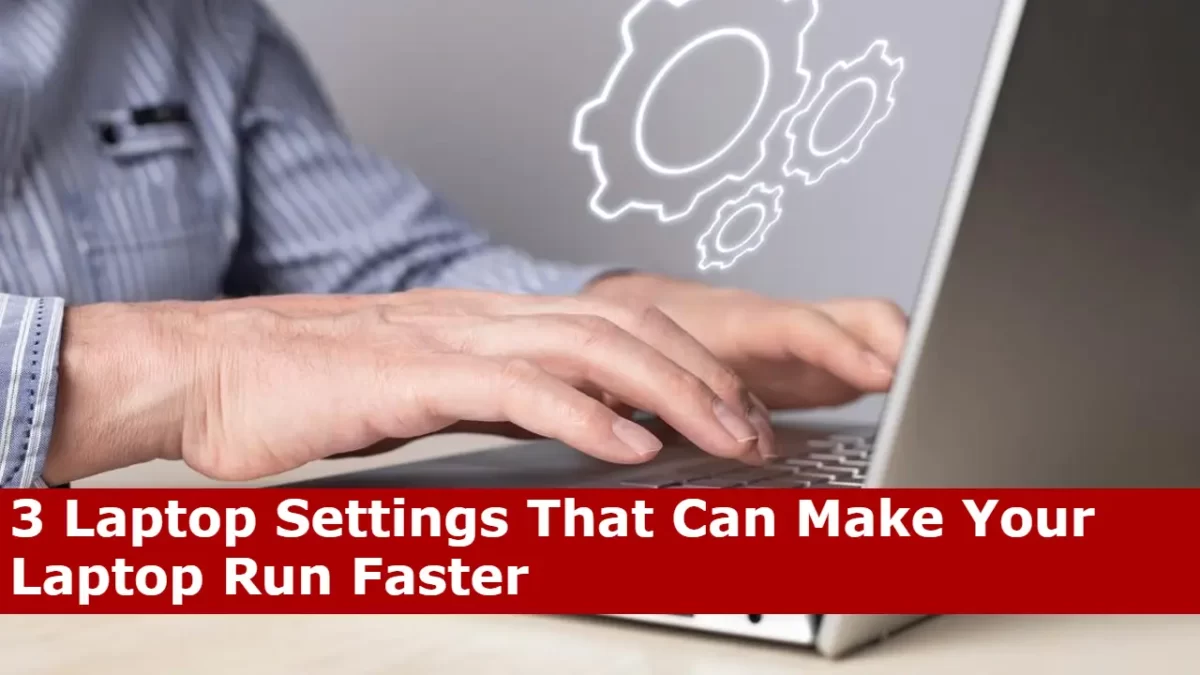How Can You Make Your Laptop Run Faster

Is your laptop feeling sluggish? Don't resign yourself to endless loading screens and frustrating delays. With a few simple tweaks and a bit of digital housekeeping, you can significantly boost your laptop's performance and reclaim valuable time.
This article will outline practical steps you can take to optimize your laptop's speed, covering everything from software updates and hardware upgrades to mindful usage habits. These tips are applicable to both Windows and macOS laptops, helping users of all levels improve their computing experience.
Software Solutions: Taming Resource Hogs
One of the most common culprits behind a slow laptop is an overload of unnecessary software running in the background. According to a 2023 study by TechRadar, disabling startup programs can increase boot times by up to 50%.
To manage startup programs on Windows, open the Task Manager (Ctrl+Shift+Esc) and navigate to the "Startup" tab. On macOS, go to System Preferences > Users & Groups > Login Items.
From there, disable any programs that you don't need to launch automatically when your laptop starts. Be careful not to disable essential system processes, but feel free to disable programs like unnecessary updaters, messaging apps, or other resource-intensive applications that you rarely use.
Regular software updates are also crucial for maintaining optimal performance. Updates often include bug fixes and performance improvements that can significantly enhance your laptop's speed and stability.
Check for Windows updates through the Settings app, or for macOS updates through the System Preferences. Outdated drivers can also cause performance issues, especially for graphics-intensive applications. Consider updating your graphics drivers through the manufacturer's website (e.g., Nvidia or AMD).
Hardware Upgrades: Giving Your Laptop a Boost
While software optimization can help, sometimes the underlying issue is simply insufficient hardware. Upgrading certain components can provide a dramatic performance boost.
One of the most impactful upgrades is replacing a traditional hard drive (HDD) with a solid-state drive (SSD). SSDs offer significantly faster read and write speeds, resulting in quicker boot times, faster application loading, and overall improved responsiveness.
According to a 2022 report by Crucial, switching to an SSD can reduce boot times by as much as 75%. Installing an SSD is a relatively straightforward process, and many online tutorials can guide you through the steps.
Adding more RAM (Random Access Memory) can also improve performance, especially if you frequently run multiple applications simultaneously or work with large files. Most laptops can accommodate additional RAM, but check your laptop's specifications to determine the maximum supported amount and type.
Eight gigabytes (GB) of RAM is generally considered the minimum for basic tasks, while 16 GB or more is recommended for more demanding workloads like video editing or gaming. Don't forget to clean your laptops internal components from time to time.
Mindful Usage: Practicing Good Habits
Beyond software and hardware, your usage habits can also impact your laptop's performance. Keeping your hard drive clean and organized can help prevent slowdowns.
Delete unnecessary files, uninstall programs you no longer use, and regularly empty your Recycle Bin or Trash. Use a disk cleanup tool to remove temporary files and other clutter. Regularly clean your browser data, including cache and cookies.
Over time, these files can accumulate and slow down your browsing experience. Furthermore, be mindful of the number of browser tabs you have open simultaneously. Each open tab consumes memory and processing power.
Closing unnecessary tabs can free up valuable resources and improve your laptop's overall performance. Finally, consider using a lightweight antivirus program to protect your laptop from malware without bogging it down. A reputable antivirus solution will scan your system for threats without consuming excessive resources.
Conclusion: A Faster Laptop Awaits
By implementing these strategies, you can significantly improve your laptop's performance and enjoy a smoother, more responsive computing experience. Whether you choose to focus on software optimization, hardware upgrades, or mindful usage habits, taking action is key.
Don't let a slow laptop hold you back. With a little effort, you can reclaim your time and productivity and get the most out of your device.


















